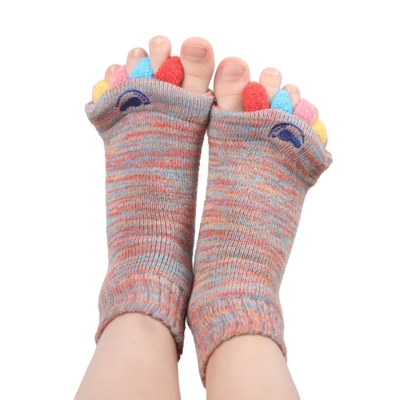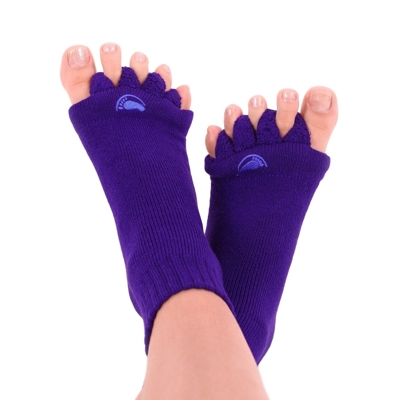- incl. VAT21,40 €
- incl. VAT22,95 €
- incl. VAT22,95 €
Foot deformities
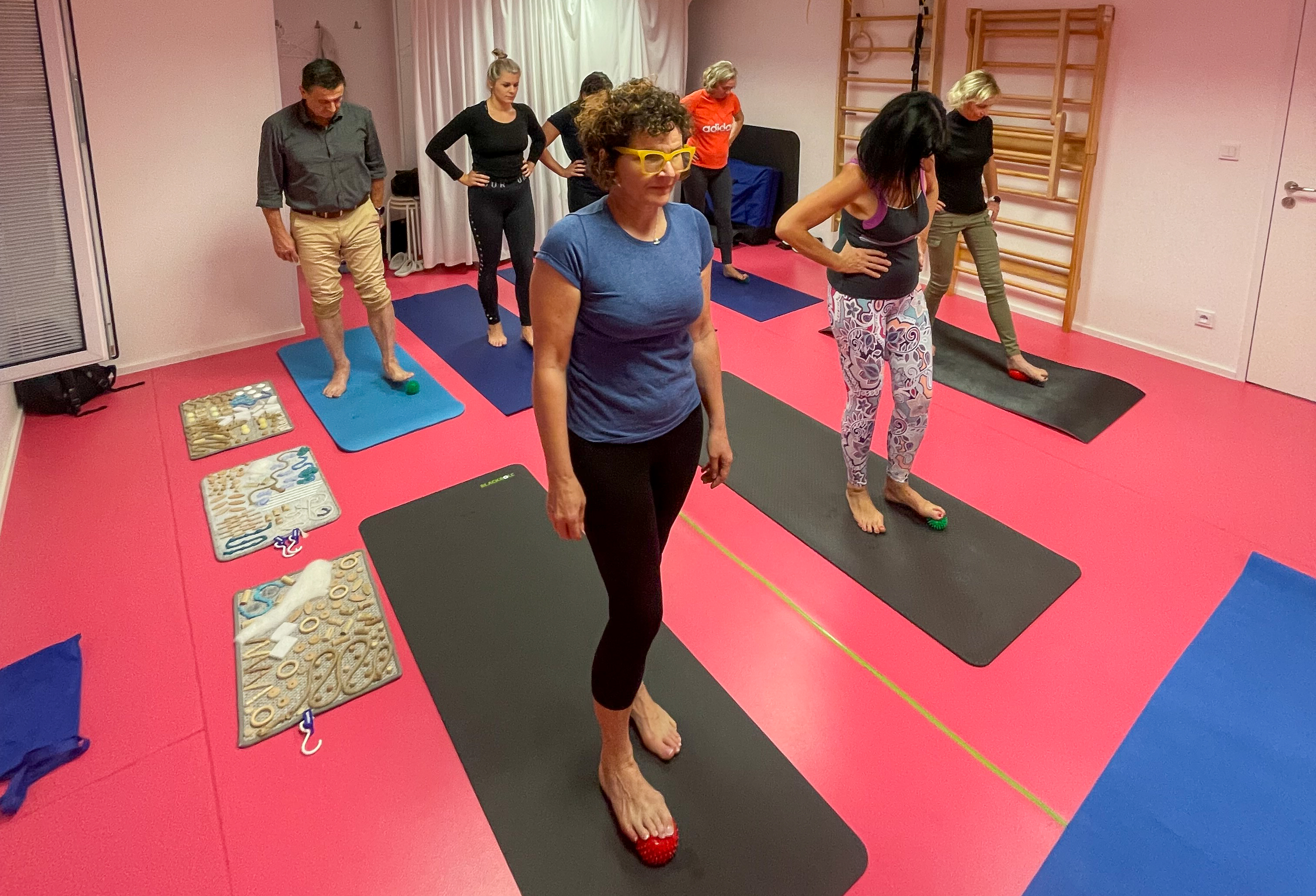
Bachelor thesis proves that Foot Alignment Socks are an effective supplement to bunion treatment
The bachelor thesis by CTU student Bc. Klára Přikrylová under the supervision of Mgr. Kateřina Pleschingerová (FyzioKáča) has yielded some excellent results. Research has proven that the combination of physiotherapy and Foot Alignment Socks produces far better results in the treatment of bunions than physiotherapy alone - not only in terms of the position of the big toe, but also from the perspective of the perceived pain and overall comfort of patients.
Show full article...
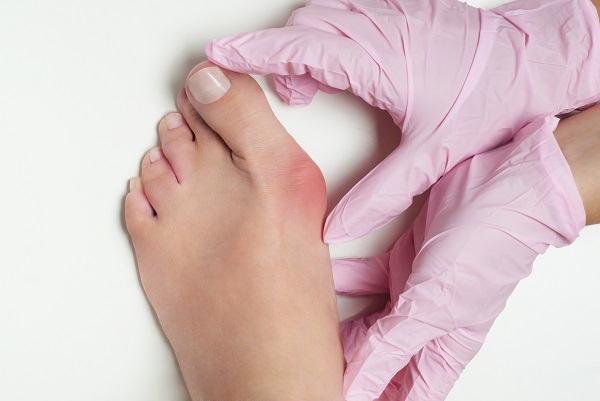
How to straighten a hallux valgus without surgery
Hallux valgus is something that many women and men suffer from. At first glance, a much greater problem lies behind this unsightly deformity than just its unnatural appearance. And what’s more, if it is not treated, it can eventually require surgery. However, if the underlying causes are not dealt with, the disorder can reappear. What should one do to straighten a hallux valgus without the need for an operation? Take a look at our tips.
Show full article...

Hallux valgus is the terror of runners. What to do about it?
Unfortunately, hallux valgus is an integral part of life for many runners. Olympic runner Marcela Joglová is no exception. The problem with hallux valgus is not just how it looks, but also the pain it causes and the fact that the foot does not function as it should. How and why does this deformity occur, how to go running with it, and how to avoid hallux valgus in the first place?
show full article...
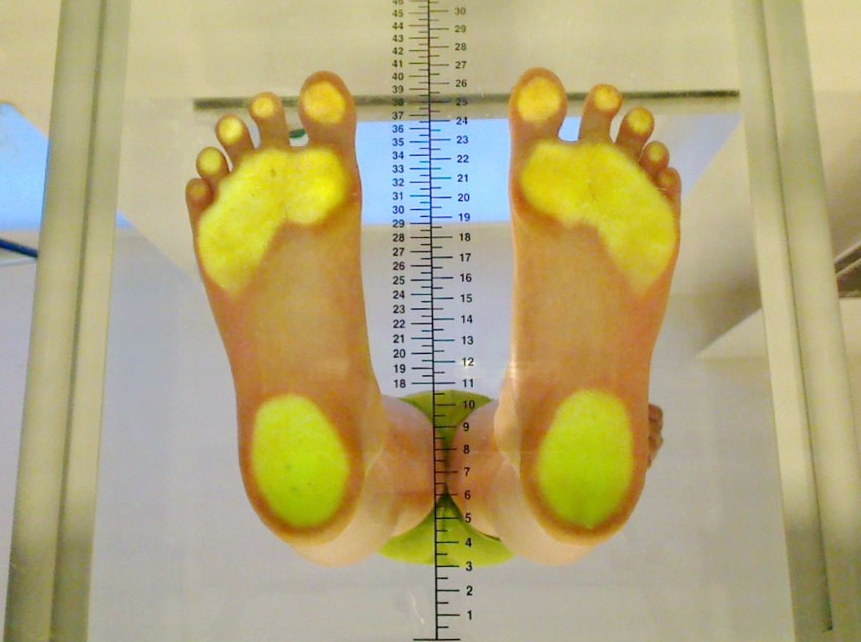
What can a podoscope reveal about your feet?
If you suffer from foot pain, particularly chronic pain, you should take note and seek medical help as soon as possible. You can visit either a physiotherapist or a podiatrist. If they have a podoscope, you have a great chance of finding out the cause of your problems and you’ll be able to successfully begin treatment. What can a podoscope reveal about your feet?
show full article...
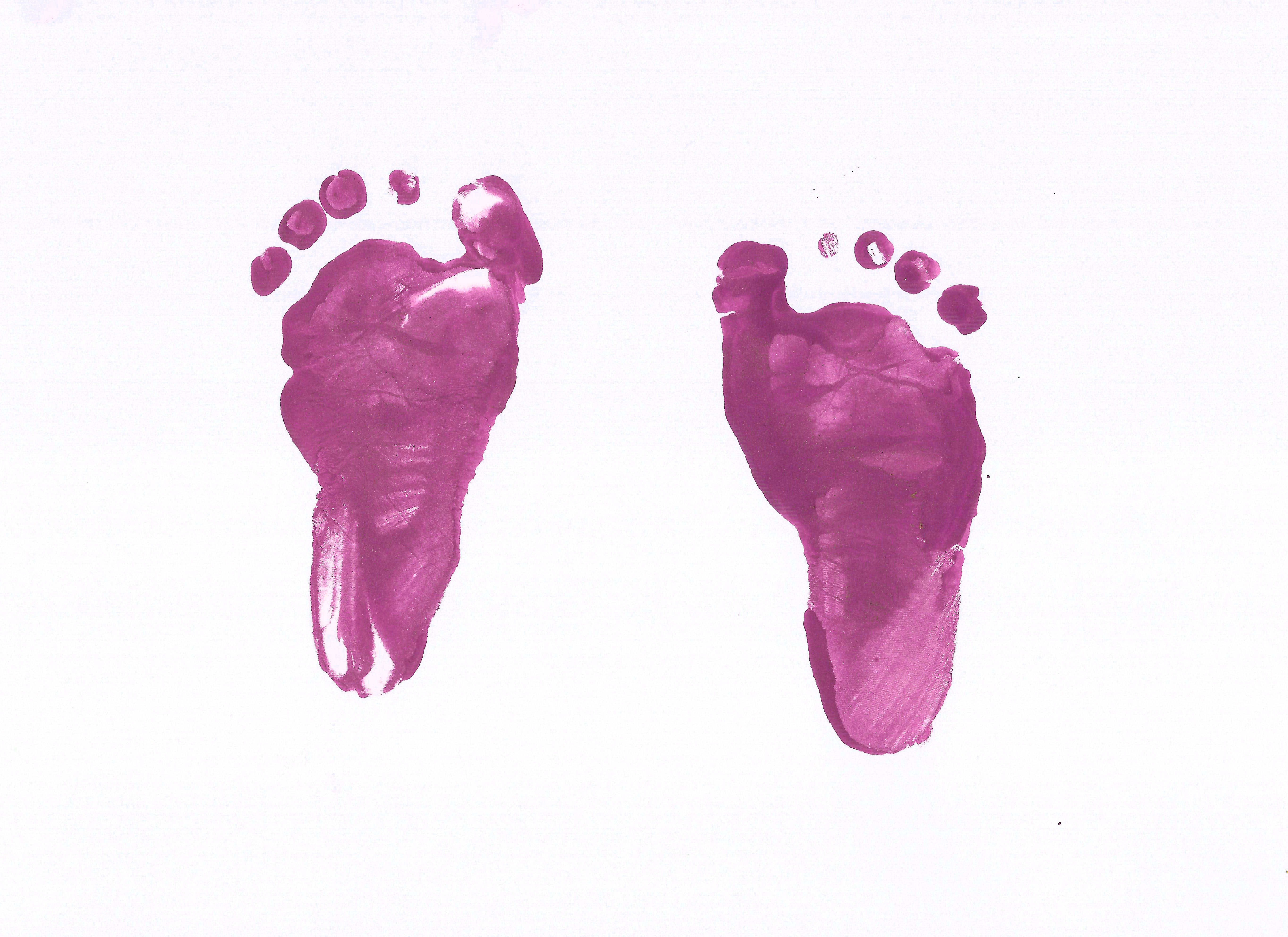
The difference between the transverse and longitudinal arch and tips on how to ensure they function correctly
The foot is a relatively complex mechanism. After all, it does have to bear the weight of our whole body. The arch is what keeps the foot stable and protects the whole body against shocks. There are two parts to the arch: transverse and longitudinal. What is the difference between them and what to do to prevent fallen arches and related deformities?
show full article...
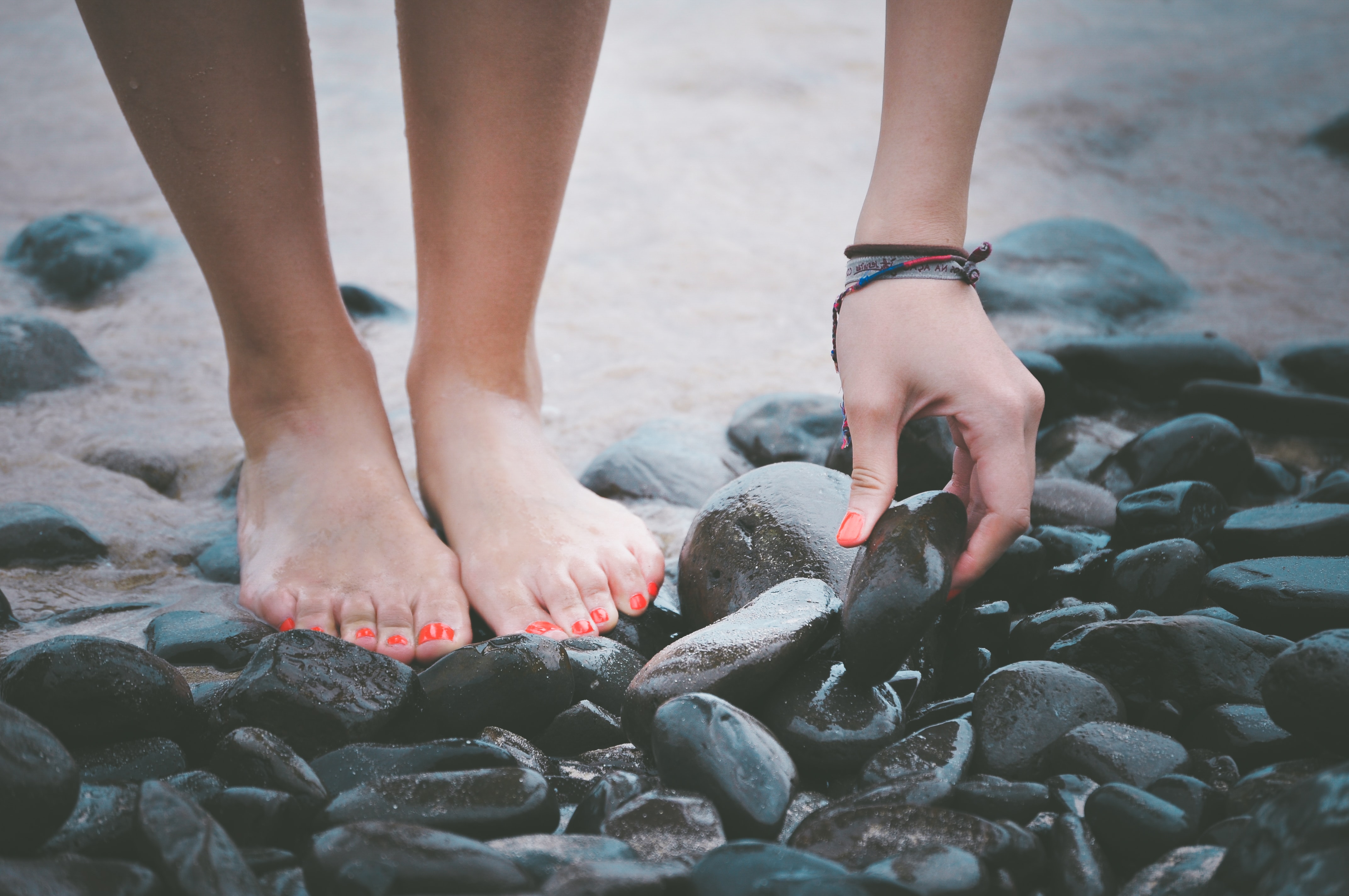
What’s the difference between hammer toes and claw toes?
The two have a lot in common in terms of causes, symptoms and manners of treatment. But hammer toes differ from claw toes in some ways. How exactly do they differ and how can one prevent advanced deformation requiring surgery?
show full article...
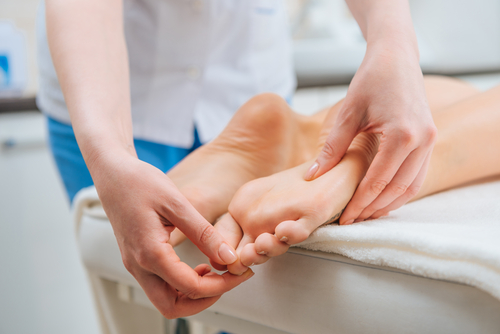
Metatarsalgia can make every step uncomfortable
In the beginning, there is sporadic pain in the ball of the foot under the toes, extending to the instep. This can turn into a chronic problem, especially if the patient fails to treat the ailment in time. Thus, sooner or later, metatarsalgia can make every step uncomfortable. So, what are its causes and how can it be treated? We will answer these questions in the following lines.
show full article...

Knock knees may cause flat feet
On our blog you may have read articles about flat feet (What can i do about my flat feet? and How to deal with fallen arches). However, flat feet are an ailment that is caused by several different factors. Among them, for example, are poor footwear, overloading the legs or poor posture. Knock knees are another factor. What causes this and how can this problem be resolved?
show full article...
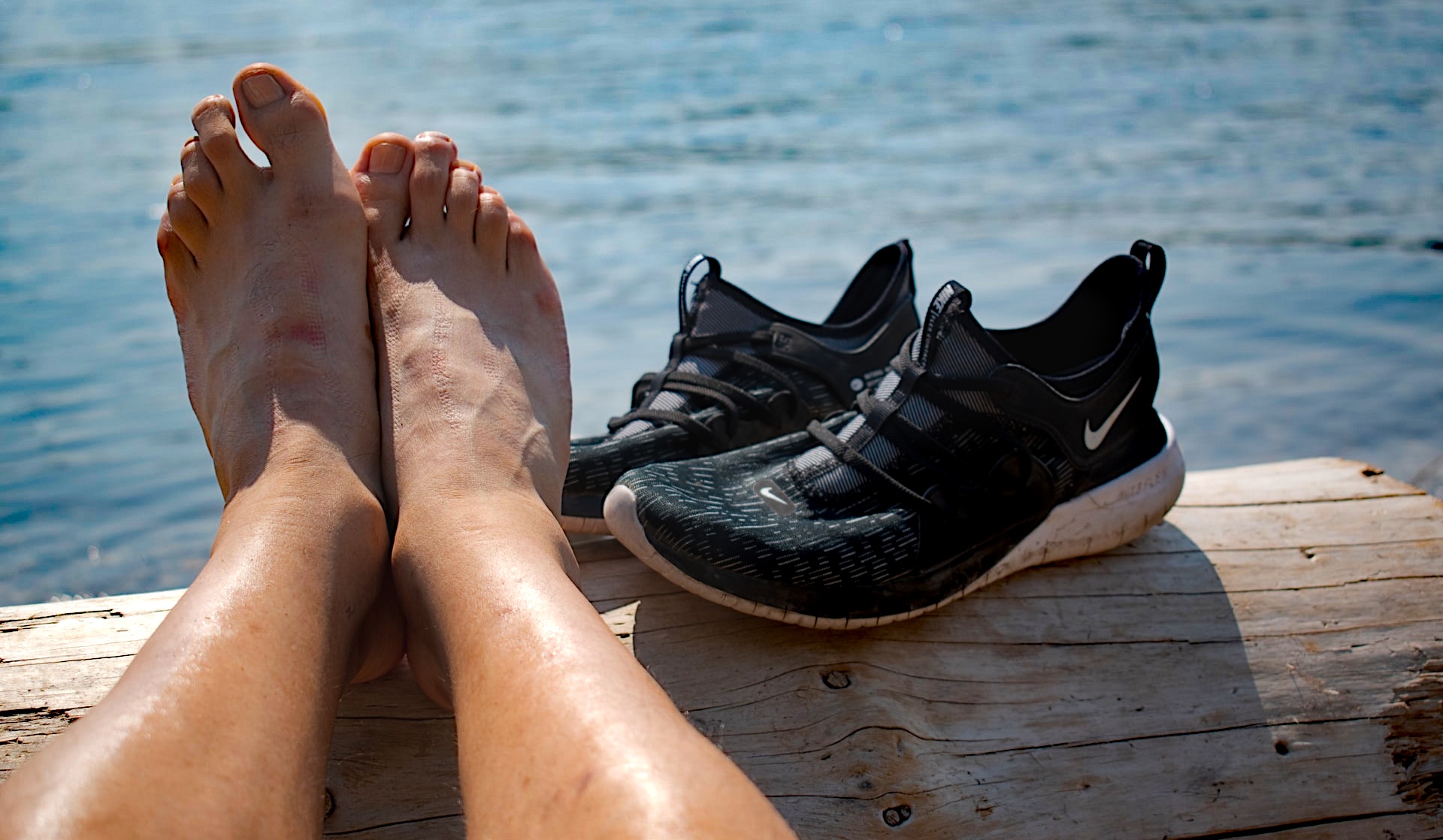
Wearing shoes that are too small can cause a lot of problems
Everyone has probably been in that situation where you really like a pair of shoes but they just don’t fit right. You tell yourself you’ll “break them in” and then they’ll fit perfectly. That is not a good idea. Wearing shoes that are too small or narrow for your foot for extended periods can lead to some serious problems. Why?
show full article...
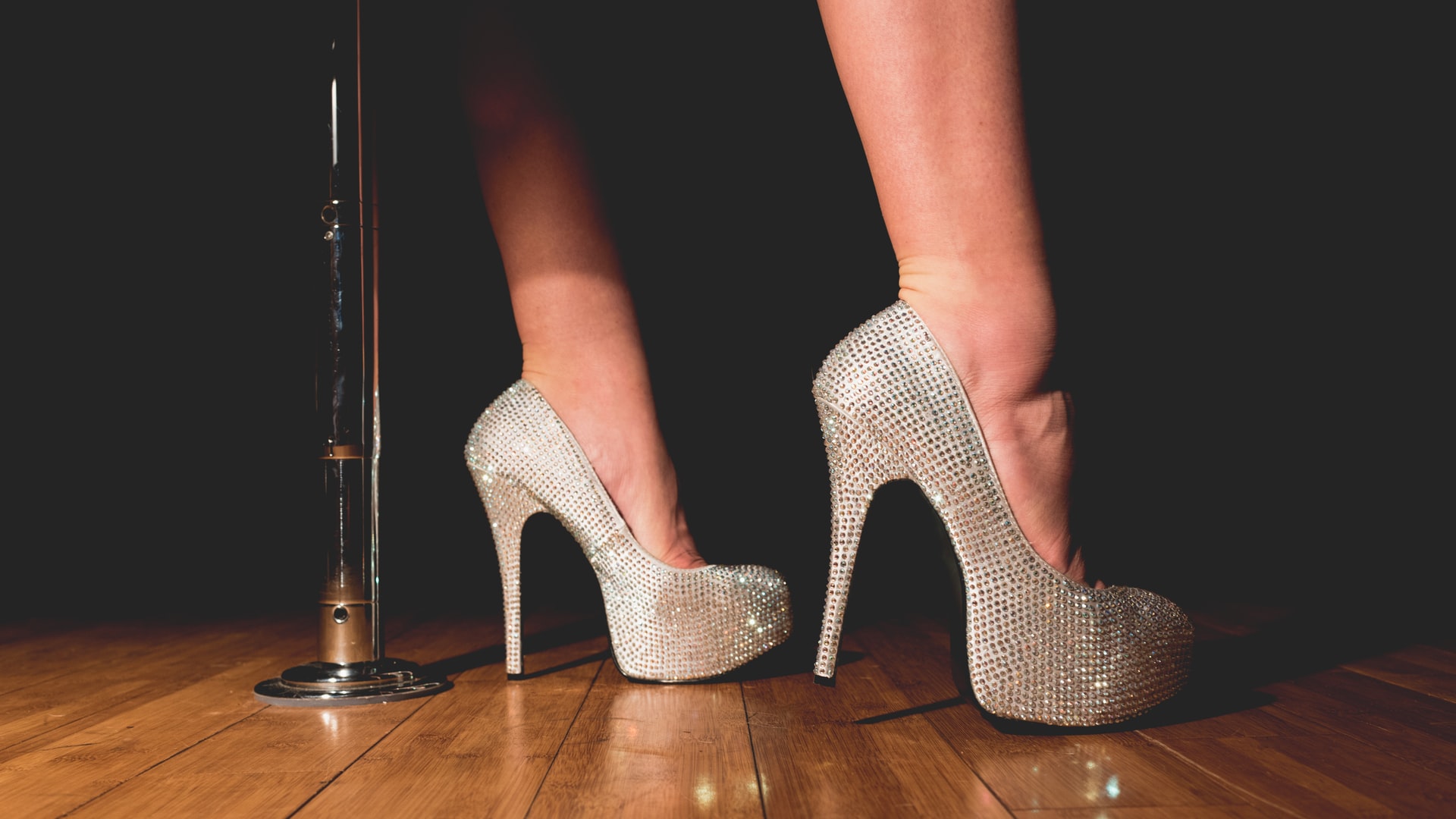
7 reasons to trade your heels in for comfortable shoes
Today, heeled shoes of various heights are a fashion trend commonly available in almost every shoe store around the world. And unfortunately, they are not only for adults, because even children's shoes often have a raised heel. Let's take a look at 7 basic reasons why you should (at least sometimes) wear comfortable shoes instead of heels.
show full article...
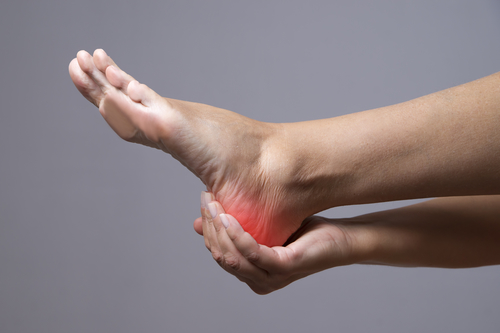
How to get rid of plantar fasciitis
It may be that you can hardly put your heel down due to an unpleasant, sharp pain. It goes away after a while, but often quickly returns. Yes, this is plantar fasciitis, and it is affecting more and more people besides runners. What is behind it, and especially, how do you get rid of it? We discuss this in the article.
show full article...
- Foot Alignment Socks GREEN
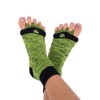
- The Original Foot Alignment Socks are made of soft cotton and polyester blend. They are lose fitted crew sock...
- incl. VAT22,95 €
- Foot Alignment Socks MULTICOLOR
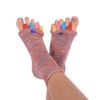
- The Original Foot Alignment Socks are made of soft cotton and polyester blend. They are lose fitted crew socks...
- incl. VAT22,95 €
- Foot Alignment Socks CHARCOAL
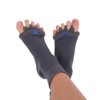
- The Original Foot Alignment Socks are made of soft cotton and polyester blend. They are lose fitted crew sock...
- incl. VAT22,95 €
- Foot Alignment Socks PURPLE

- The Original Foot Alignment Socks are made of soft cotton and polyester blend. They are lose fitted crew sock...
- incl. VAT22,95 €
- Foot Alignment Socks ORANGE/BLUE
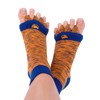
- The Original Foot Alignment Socks are made of soft cotton and polyester blend. They are lose fitted crew sock...
- incl. VAT22,95 €


